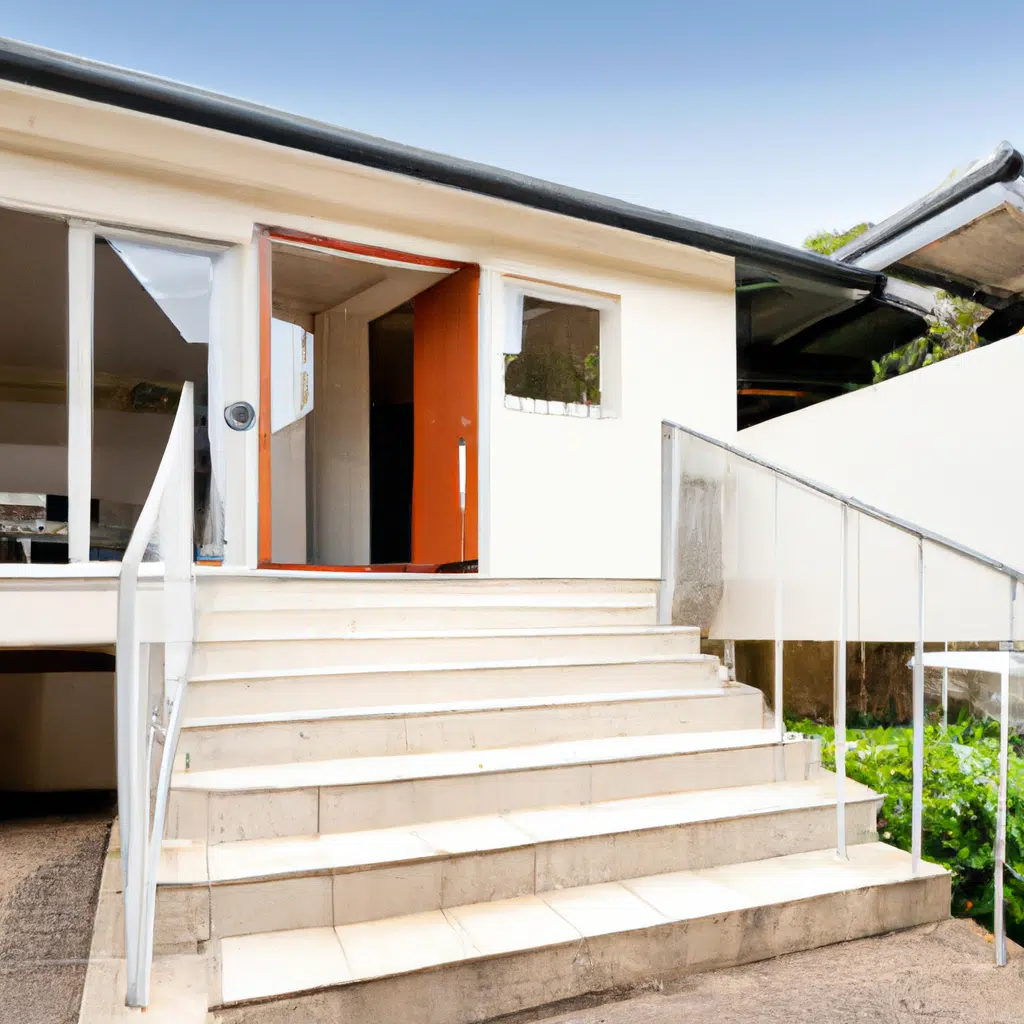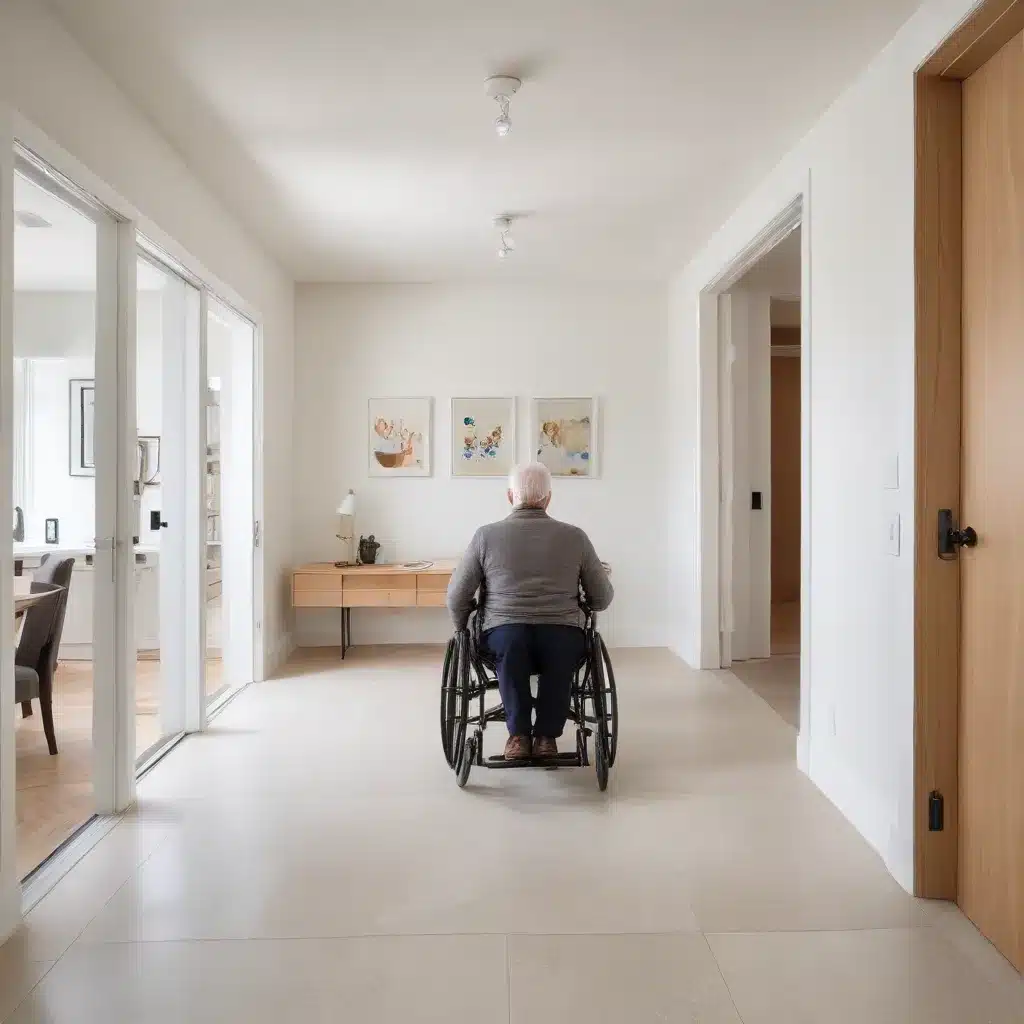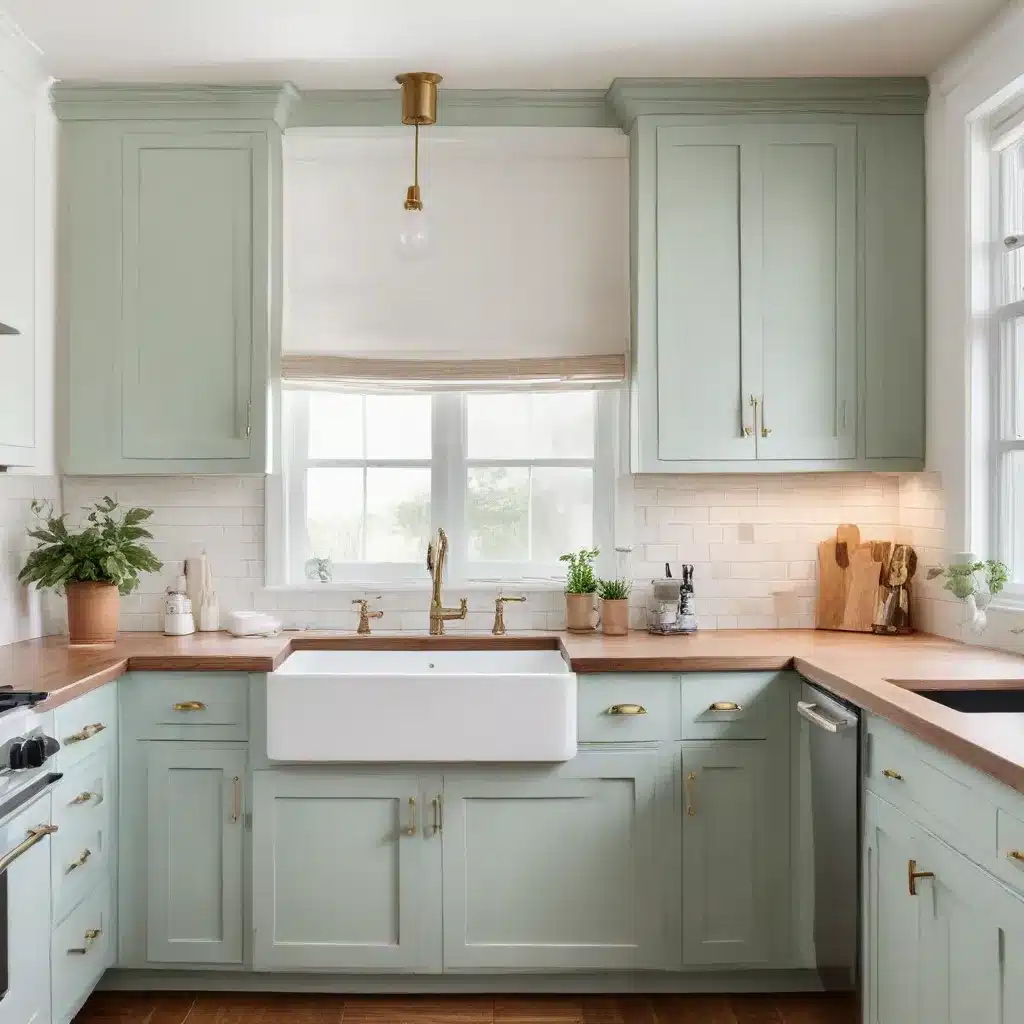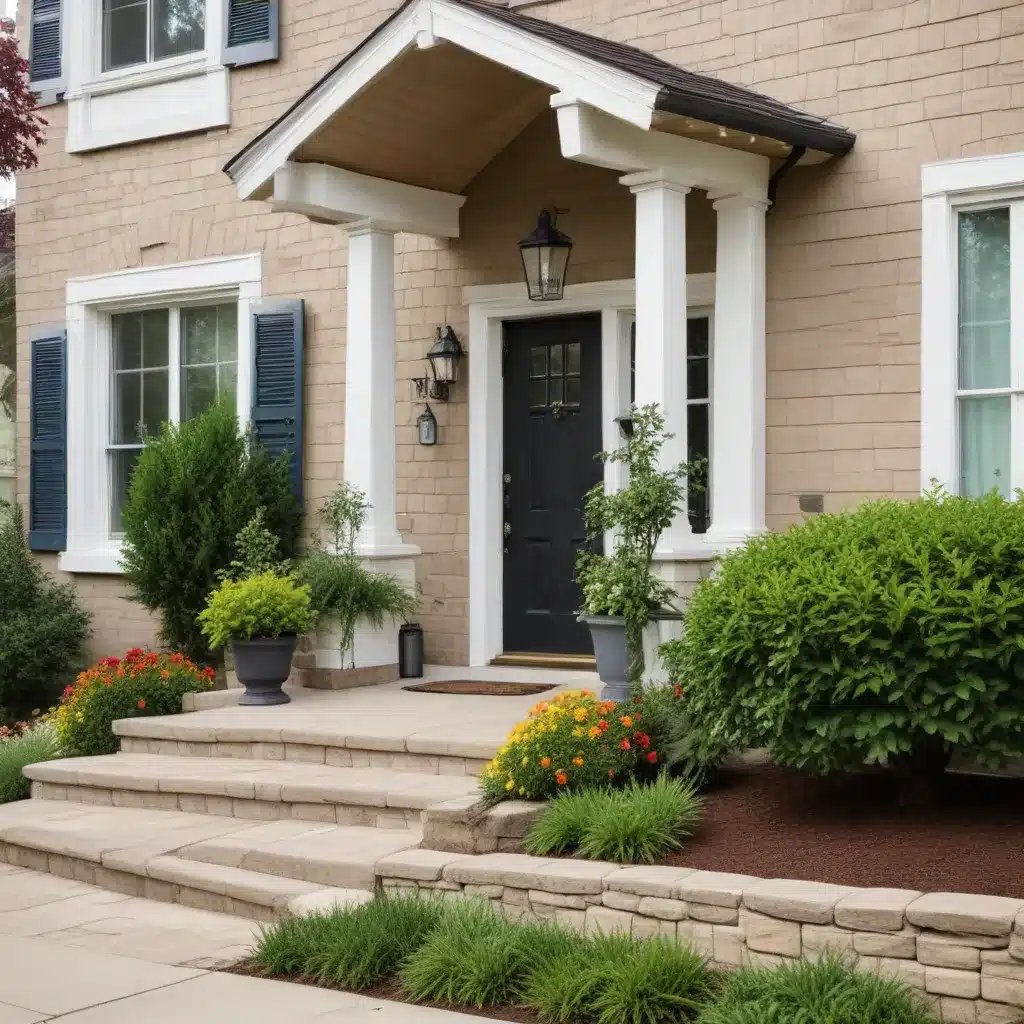As we age, our homes should be a place of comfort and safety. Whether you’re looking to build a new home or renovate your existing one, there are many things you can do to make it safe and accessible for seniors. In this article, we’ll explore some of the best ways to build a home that’s safe and accessible for seniors.
Plan Ahead
Planning ahead is key when it comes to building a home that’s safe and accessible for seniors. You’ll want to consider the following:
Layout
The layout of your home is important, especially if you or a loved one has mobility issues. Consider a single-story home or a home with a main floor master bedroom to avoid stairs. Wide hallways and doorways can also make it easier to move around.
Bathrooms
Bathrooms can be a dangerous place for seniors, so it’s important to make them as safe as possible. Consider installing grab bars in the shower and near the toilet. A walk-in shower or a tub with a door can also be a good option.
Lighting
Good lighting is essential for seniors. Make sure your home has plenty of natural light and consider installing motion-activated lights in hallways and bathrooms.
Flooring
Choose flooring that’s slip-resistant and easy to clean. Avoid rugs or carpets that can be a tripping hazard.
Make it Accessible
Making your home accessible is another important consideration. Here are some tips:
Entryways
Make sure your home has an accessible entryway, with a ramp or lift if necessary. Consider widening the front door to accommodate a wheelchair or walker.
Kitchen
Make sure your kitchen is accessible, with countertops and cabinets at a comfortable height. Consider installing pull-out shelves and drawers to make it easier to reach items.
Electrical Outlets
Make sure electrical outlets are located at a comfortable height and easily accessible.
Technology
Consider installing technology that can make it easier to live independently, such as a voice-activated virtual assistant or a medical alert system.
Safety First
Safety is always a top priority when it comes to building a home for seniors. Here are some things to consider:
Emergency Preparedness
Make sure your home is equipped with smoke and carbon monoxide detectors, as well as fire extinguishers. Consider installing an emergency generator in case of a power outage.
Security
Make sure your home is secure, with locks on all doors and windows. Consider installing a security system or surveillance cameras for added peace of mind.
Fall Prevention
Falls are a common source of injury for seniors, so it’s important to take steps to prevent them. Consider installing handrails on stairs and in bathrooms, and make sure flooring is slip-resistant.
Conclusion
Building a home that’s safe and accessible for seniors takes careful planning and consideration. By following the tips outlined in this article, you can create a home that’s comfortable, safe, and easy to navigate. Remember, it’s never too early to start planning for the future.




